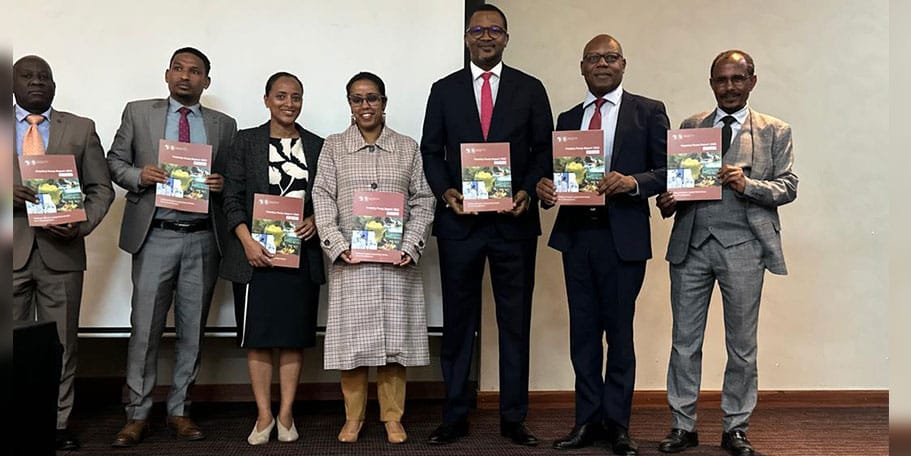
AfDB growth forecast stands at 7.3%, Government 8.9, IMF 6.6
The African Development Bank (AfDB) forecasts Ethiopia’s economy will grow by 7.3 percent in 2025, deviating significantly from the government’s prediction of 8.9 percent and the International Monetary Fund’s (IMF) estimate of 6.6 percent.
The pan-African bank indicated the figure in its Country Focus Report for Ethiopia, which was published this week.
The launch of AfDB’s report coincided with a dialogue series held under the theme – ‘Ethiopia 2025 Country Focus Reports: Making Ethiopia’s Capital Work better for Ethiopia’s Development’, according to a press release by the AfDB Ethiopia office.
The report was launched a day after the AfDB Group headquartered in Abidjan, Cote d’Ivoire, officially announced the subsequent launch of the CSP (Country Strategy Papers) series for all African countries.
– Advertisement –
The launch ceremony for Ethiopia CSP took place on Tuesday at the Radisson Blu Hotel, Addis Ababa, in the presence of government officials, academia, development partners, and different stakeholders.
Accordingly, forecast in the report is a 7.3 percent GDP growth for Ethiopia in 2025, which the bank said contrasts Ethiopia’s economic growth of 6.6 percent during the 2023/24 fiscal year. Ethiopia, it said, was “slowly emerging from multiple overlapping shocks over the past four years.”
An IMF growth outlook for Ethiopia issued months ago puts the annual growth at 6.6 percent, making for a varied picture painted by the Ethiopian government, the IMF and the AfDB.
“The fiscal deficit narrowed to 2.0 percent of the Gross Domestic Product in 2023/24 from 3.3 percent. The financial sector remains stable, with a non-performing loan ratio of 3.9 percent. Yet, inflation remained high at 26.6 percent in 2023/24 and is forecasted to drop to 15.9 percent in 2025. Ethiopia faces a high risk of debt distress. Per capita income reached USD 1,937 in 2023/24,” reads the press release.
The bank indicated that Ethiopia needs 13.2 percent of its GDP in additional financing requirements by 2030 to realize its ambition of structural transformation. Shrinking tax revenue growth and a tax-to-GDP ratio of just 6.2 percent mean the country has been forced to address spending pressures through cuts in capital expenditure, which have affected access to social services, according to the report.
It recommends that Ethiopia consider using different revenue mobilization tools to tap into its vast capital potential, specifically its potential in investment capital, human capital, and especially its natural capital.
These tools , it noted, included green bonds, carbon credit, leverage Fintechs, capital market, optimize human and natural capital, expanding the domestic resource mobilization base, and investing in strategic areas to diversify the growth frontiers.
Ethiopia has sizable natural and human capital and is Africa’s fourth wealthiest nation in renewable resources. Nonetheless, the AfDB presser said, the Horn of Africa country has yet to benefit from these resources due to inadequate institutions and infrastructure, low technology adoption, poor governance, and weak capacity.
.
.
.
#PanAfrican #Bank #Finds #Middle #Ground #Ethiopia #Govt #IMF #Growth #Forecasts
Source link











